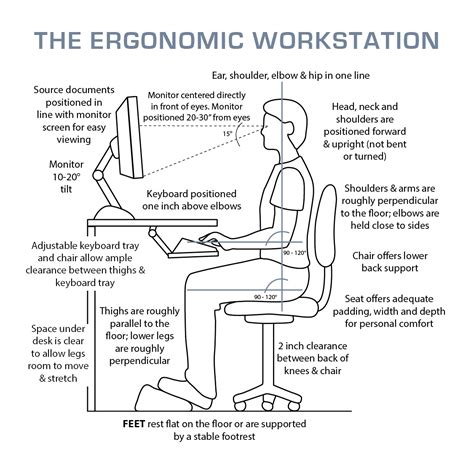Understanding the Link: Posture, Core, and Back Pain
For many men, long hours spent at a desk can lead to a common, debilitating issue: lower back pain. This isn’t just about aging; it’s often a direct consequence of poor desk posture and an underdeveloped core. Addressing these two areas comprehensively is key to not only alleviating existing discomfort but preventing future problems. Let’s delve into actionable strategies to transform your workspace habits and strengthen your foundation.

Optimizing Your Desk Posture: A Step-by-Step Guide
Your desk setup plays a pivotal role in maintaining good posture throughout the day. Minor adjustments can make a significant difference.
1. The Chair: Your Foundation
- Adjust Height: Your feet should be flat on the floor or on a footrest, with your knees at roughly a 90-degree angle, parallel to your hips.
- Lumbar Support: Ensure your chair provides adequate support for the natural curve of your lower back. If not, use a small pillow or rolled towel.
- Armrests: Adjust them so your shoulders are relaxed, not hunched, and your arms form an L-shape at the elbows.
2. Monitor Placement: Eye-Level Focus
- Top of Screen: The top of your monitor should be at or slightly below eye level. This prevents neck strain and encourages an upright head position.
- Distance: Position the monitor about an arm’s length away to avoid leaning forward.
3. Keyboard and Mouse: Relaxed Reach
- Close Proximity: Keep your keyboard and mouse close to your body to avoid overreaching, which can strain shoulders and wrists.
- Wrist Position: Keep your wrists straight and neutral, not bent up or down.
Beyond the setup, actively monitor your body throughout the day. Avoid slouching, keep your shoulders back and down, and engage your abdominal muscles gently to support your spine.

Strengthening Your Core: More Than Just Abs
A strong core is your body’s natural corset, providing stability for your spine and pelvis. It’s not just about a six-pack; it involves deep abdominal muscles, obliques, and lower back muscles working in harmony. Neglecting these muscles leaves your lower back vulnerable.
Key Core Exercises for Men:
- The Plank: A foundational exercise. Hold your body in a straight line from head to heels, engaging your glutes and abs. Start with 20-30 seconds and build up.
- Bird-Dog: Improves stability and coordination. On all fours, extend one arm forward and the opposite leg backward, keeping your back flat and core engaged.
- Dead Bug: Excellent for spinal stability without heavy loading. Lie on your back, knees bent, arms extended. Slowly lower one arm and the opposite leg towards the floor.
- Side Plank: Targets the obliques. Lie on your side, supporting yourself on your forearm and the side of your foot. Lift your hips, forming a straight line.
- Cat-Cow Stretch: While not a strengthening exercise, it mobilizes the spine and can be a great warm-up or cool-down.
Perform these exercises 3-4 times a week, focusing on proper form over quantity. Remember to breathe deeply and consistently throughout each movement.

Integrating Movement and Mindful Breaks
Even with perfect posture and a strong core, prolonged sitting is detrimental. Incorporate regular movement breaks into your day.
- Stand Up: Every 30-60 minutes, stand up, stretch, or walk around for a few minutes.
- Light Stretching: Gentle stretches for your chest, hips, and hamstrings can counteract the effects of sitting.
- Walk Meetings: If possible, suggest walk-and-talk meetings to your colleagues.
Being mindful of your body’s signals is crucial. If you feel stiffness or discomfort, don’t ignore it. Adjust your posture, take a break, or perform a quick stretch.

Conclusion: Your Path to a Pain-Free Back
Preventing lower back pain for men working at desks is an achievable goal, requiring a dual approach: optimizing your desk ergonomics for impeccable posture and consistently strengthening your core muscles. By implementing these strategies—from adjusting your monitor to mastering the plank—you’ll build a resilient spine, reduce strain, and significantly improve your overall well-being. Make these adjustments a daily habit, and reclaim your comfort and productivity.




